In addition to regular watering, additional lighting, protection from diseases and pests, flower seedlings vitally need fertilizers, thanks to which they will become strong, easily withstand hardening and transplantation into open ground.
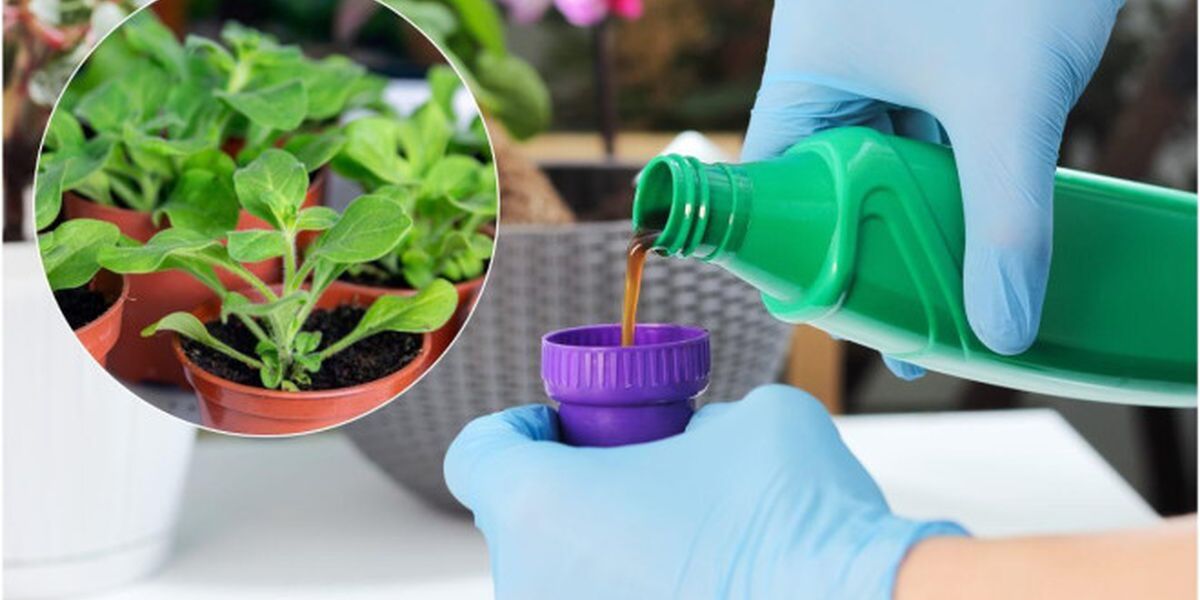
Special attention should be paid to seedlings growing in a low-nutrient substrate, for example, peat tablets, plants that have not been picked and develop for a long time in one container. But sick and insect-infested specimens should first be cured and only then fed.
Since flower sowing is carried out at different times, depending on the type and variety of plant, the feeding schedule is made for each crop individually. And it is usually tied to the phases of development, and not to specific days of the calendar.
During the cultivation of seedlings, it is worth carrying out at least 2-3 feedings. If necessary, nutrients are added every 7-14 days before planting the bushes in the ground.
First top dressing of flower seedlings

The first top dressing is usually carried out 10-15 days after emergence, when at least one true leaf appears on the seedlings. However, this procedure is optional. It should not be carried out if the soil mixture is sufficiently fertile, the plants do not show signs of mineral deficiency. If pelleted seeds covered with a nutrient shell were purchased for sowing, then there is no need for this top dressing.
In the case when the plants still need to be fed, you can use special preparations for seedlings, for example, Zdraven Aqua for seedlings of flower, vegetable and green crops, Krepysh for seedlings with potassium humate, Dobraya Sila for seedlings of vegetable, fruit and ornamental crops.
The following stimulants will help speed up the growth of roots and above-ground mass: Atlet, Epin-Extra, etc.
Second feeding of flower seedlings
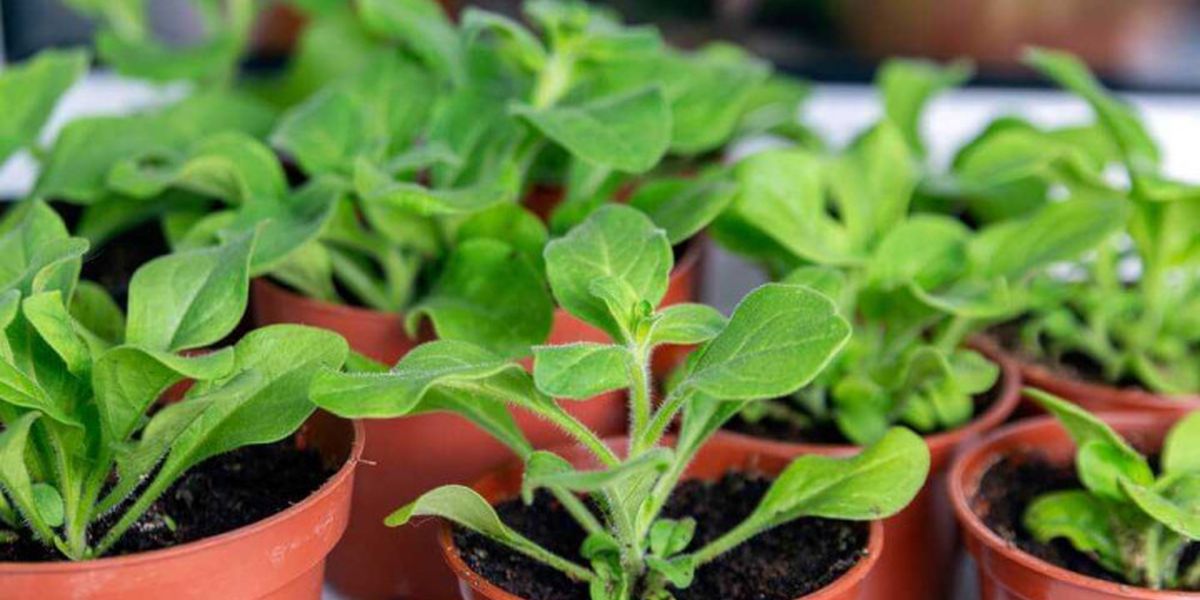
This feeding is mandatory. It is carried out after the seedlings have 3-4 leaves or 7-10 days after picking. During this period, plants are actively growing roots, so it is especially important to add phosphorus and potassium.
The following fertilizers are used (optional):
- potassium monophosphate (1 g per 1 l of water);
- potassium sulfate and simple superphosphate (2 g per 1 l of water);
- complex fertilizers (nitrophoska, nitroammophoska, Plantafol 20:20:20, etc.).
Nitrogen fertilizers should be added later to avoid stretching the seedlings. But if the leaves have started to turn yellow, then nitrogen feeding cannot be postponed. For good growth of the above-ground part, use: urea, azophoska, ammonium nitrate or complex fertilizers with a high nitrogen content, for example, Plantafol 30:10:10.
After picking, anti-stress spraying with growth stimulants, which we mentioned above, will be useful. As a makeshift tool, you can also use succinic acid (1 g per 1 liter of water).
If the substrate is low in fertility, it is useful to first add organic matter: mature compost, biohumus, sapropel or leaf humus. EM preparations will also be useful. Organic matter will enrich the soil microflora, which helps plants absorb minerals.
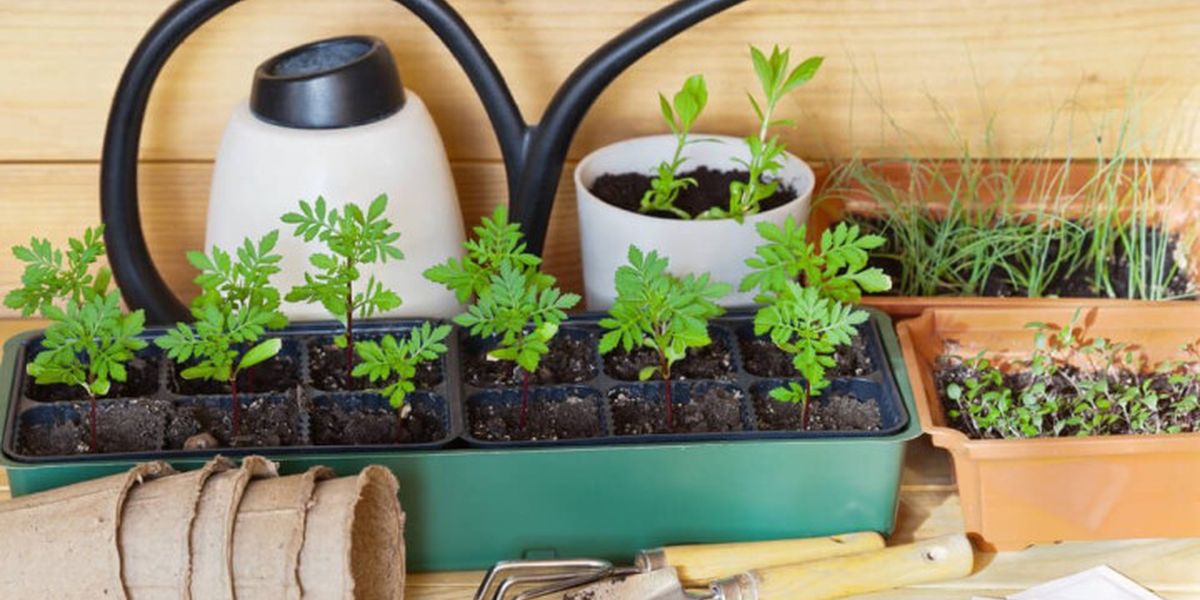
The third feeding of flower seedlings
The period for this feeding is approximately two weeks after the previous one. It allows plants to replenish the lack of nutrition. The bushes will become taller and more leafy.
For top dressing, complex universal preparations with equal content of nitrogen, phosphorus and potassium, specialized fertilizers, organic matter are suitable. However, you should carefully monitor the composition of complex products and in no case use fertilizers with chlorine, even if the packaging indicates that the preparation is allowed to be used for seedlings. Chlorides (chemical compounds of chlorine) cause leaf fall, inhibit plant development. So there is a risk of losing all crops.
If necessary, the procedure can be repeated every 7-10 days. Stop feeding at least five days before planting seedlings in open ground.
Fourth top dressing of flower seedlings
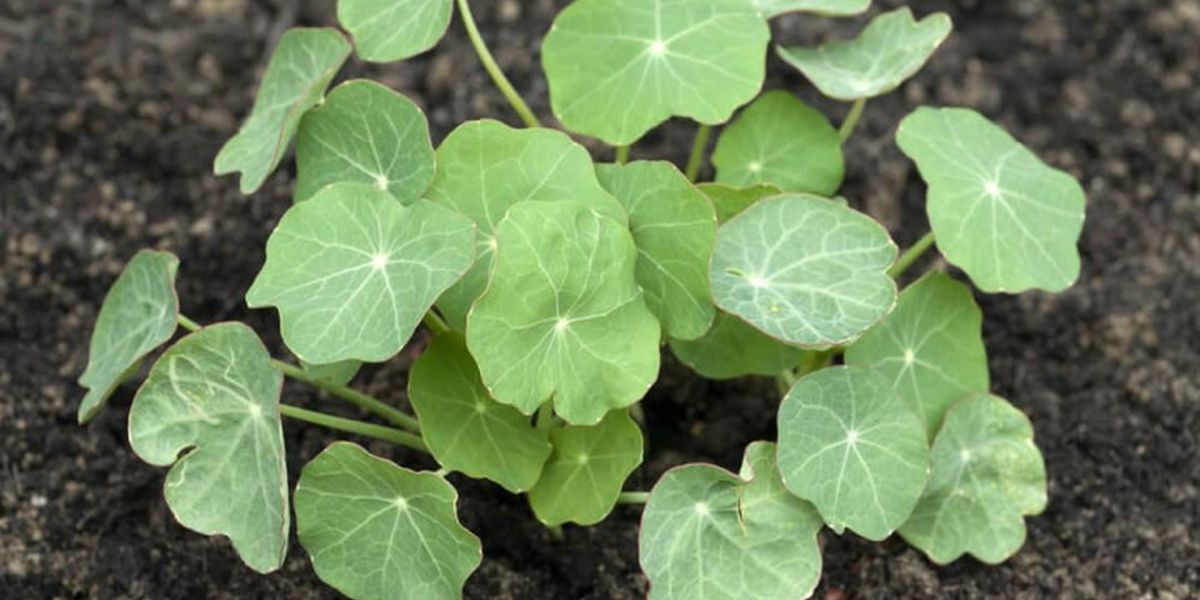
The seedlings can be fed for the fourth time during planting in open ground. To do this, add compost or ready-made complex fertilizers, such as Agricola for garden and balcony flowers, to the hole. The same products are used for further fertilizing.
Rules for fertilizing flower seedlings
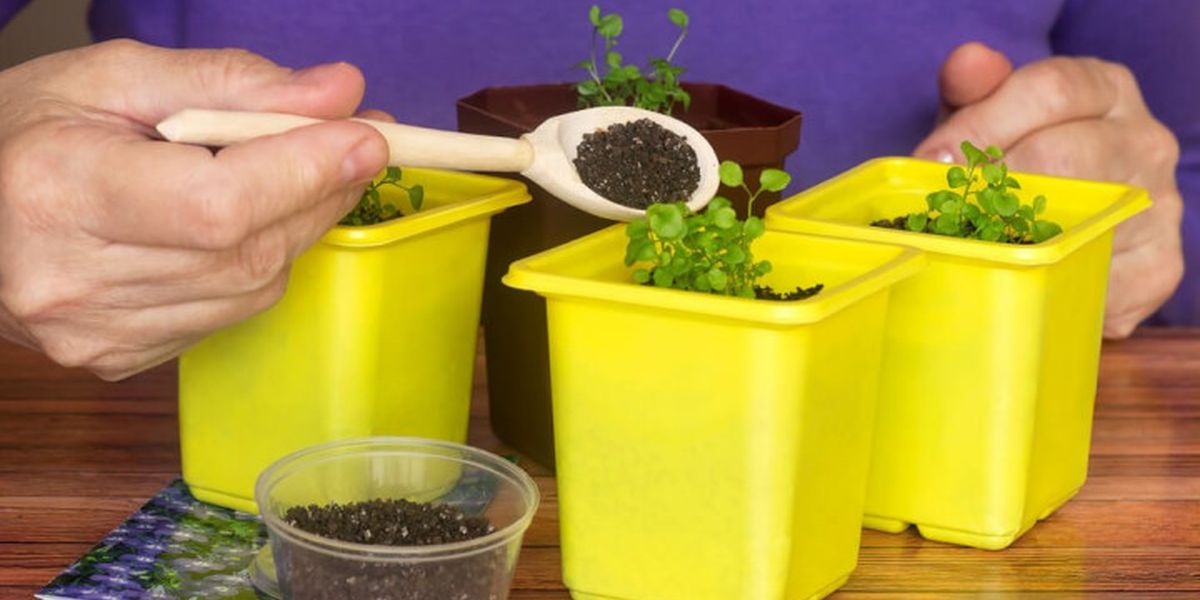
Compliance with the schedule and the use of high-quality fertilizers do not always guarantee a good result. It is also important to remember the rules for applying fertilizers.
- The best time for fertilizing is in the morning, in cloudy weather.
- Before applying fertilizers under the root, the seedlings should be watered the day before to avoid over-moistening the soil.
- It is not recommended to mix preparations if you are not sure that these products can be combined.
- Less saturated solutions are used for spraying than for watering.
- When watering, you must ensure that the solution does not get on the leaves and stems.
- It is useful to alternate the application of organic and "mineral" fertilizers, spraying and watering under the root.
- It is better to use soft, settled water to prepare solutions.
- Do not exceed the rate of fertilizer application, so as not to burn the roots of the seedlings. To be on the safe side, you can even make a lower concentration than the manufacturer recommends.
- Before applying fertilizer, it is worth familiarizing yourself with the needs of the plant being grown.
If you do not forget about fertilizers, then the seedlings of annual, biennial and perennial flower crops will grow with strong stems and a sufficient number of leaves. And subsequently - they will bloom abundantly and on time.
Write a comment